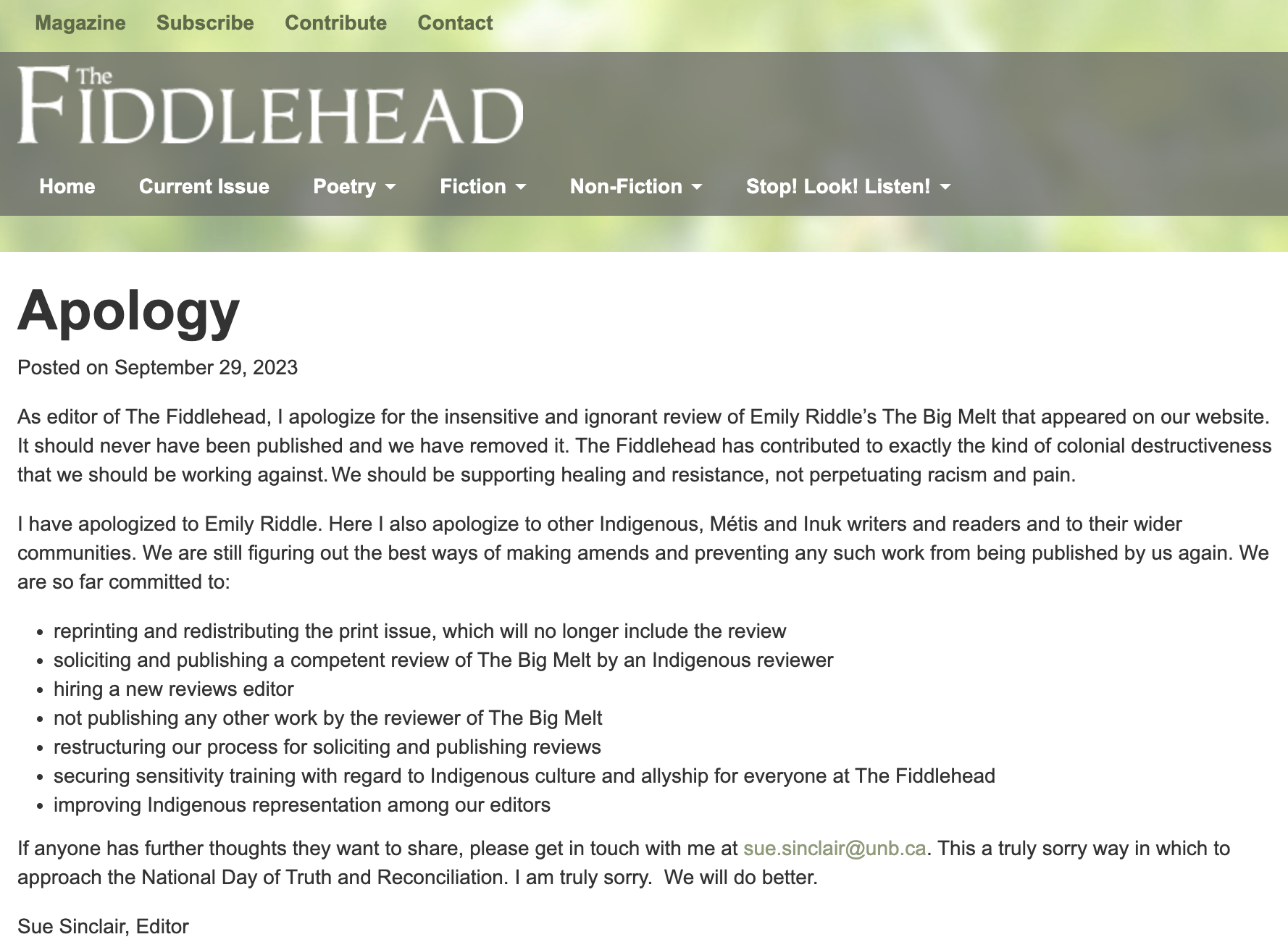Considering long turn-around times at literary journals, and my life expectancy of 80.2 years, I’ve taken to simultaneous submissions as a reasonable response to  unreasonable delays. It’s true that elite athletes will have to wait four years for the next Olympics, but there aren’t many other situations where waiting for a response can take more than a year. Some journals have banned simultaneous submissions entirely, while others realize that it isn’t fair to leave writers hanging so long without the possibility of joy from other sources.
unreasonable delays. It’s true that elite athletes will have to wait four years for the next Olympics, but there aren’t many other situations where waiting for a response can take more than a year. Some journals have banned simultaneous submissions entirely, while others realize that it isn’t fair to leave writers hanging so long without the possibility of joy from other sources.
My decision to go this route was based on rough odds. If less than 1% of submissions are published, it seems very unlikely that two journals would accept the same piece. I viewed the likelihood of this worst-case scenario as vanishingly small…until it happened to me. “No Call Too Small” (featured on this website) was accepted by Grain and then again by The Malahat Review. It was hard to avoid feeling guilty, as I knew Malahat had committed resources to my work as part of the selection process. Some or all members of the editorial board had read it, discussed it, and ultimately voted for it. They may have considered how the piece would fit with other selections. There may have been objections from those who opposed its inclusion. From my side, I lost the opportunity to publish in the Malahat again, and I may have irritated the board. John Barton was completely professional and understanding about the situation, but perhaps the relationship was damaged.
Simultaneous submission, done well, is a balance between the rights and obligations of both parties. Without it, it’s easy to lose half a decade. My first submission of a new story is usually to a contest. Eight months later, it’s ready for regular submission, three journals at a time. Maybe the first three reject it within six months to a year, so a second wave will be required. The months add up quickly.
I will continue with the practice as long as the odds support it, and they appear to, with an estimated personal acceptance rate of between 5 and 10% that suggests little chance of future conflicts. If it were much higher, 50% for example, then it would be inappropriate to continue. If I had another double acceptance, I’d be forced to reconsider my methods, but as problems go, that’s one of the better ones to have.




When I think back to the 1990s, the main era when I was trying to get short stories published, it is the practices of the literary journals that irritate me the most. Sure, maybe it’s just bitterness on my part, because they only published about a half dozen of my stories, so consider that a caveat to my comments if you will. Still: back then and even more now, the ineptitude of their practices always astounded me. I don’t mean that they weren’t brilliant enough to publish more Wayne stories, but that they insisted on stupid practices such as discouraging simultaneous submission, or prohibiting it, or asking you to acknowledge it if you did simultaneously submit. They insisted on paper copies. Some of them wouldn’t communicate by email — I remember distinctly the lame fear of “viruses” that was given as a pseudo-reason.
The worst of it — in a long list of bads — was the absolutely atrocious length of time it took for them to consider your submission — “submission” is a good word for it — and to ultimately publish your story. If all went well, the time from submission to seeing it in print might be, what, a year? I remember marvelling at their inefficiency. Blah blah, yes, you receive a few hundred submissions a month or year or whatever: but how long does it really take to eliminate the truly bad ones? Can’t you tell from the first page of a bad story that it’s going to be unpublishable, and so set that one aside and give real consideration to something worth it?
I haven’t submitted stories for over 15 years now, but it saddens and angers me to think that some things haven’t changed. Still no simultaneous submission? If the journals were more goddamn efficient, then the authors wouldn’t have to do the math as Mr. Martens has and decide that it’s likely not going to be a problem anyway. Do authors still have to submit on paper? Does it still take ages for something to get published — or even to be rejected?
It’s partly why I never had much sympathy for the journals who lost their funding and some of which had to cease publication. It wasn’t as if highly efficient businesses were being closed down. They were trundling along in their regular way, expecting nothing to change, expecting the funding to always be there no matter how poorly they managed it.
The sad thing is what a disservice these journals did (do?) for authors who are so anxious to be published. I’ve had the thrill myself of getting accepted and seeing my story in print — oh, what sweetness. But, as Oscar points out, that may be 1% of all submissions. One percent. The other 99% should be treated better by the journals — I don’t mean by publishing more, but by treating them with respect and efficiency.
If you’re mad now, you’ll go ballistic when you read this:
http://www.malahatreview.ca/tips/may2015.html
Yes, some journals are starting to charge reading fees! Personally, I’m fine with this, as anything that discourages other writers boosts my odds. But if you’re poor, I guess you can go pound sand. Apparently, the online submission is not a cost or time saver, according to the people at PRISM international. I do think there are better ways to match writers to journals. I’m willing to be judged on my first page…always. What if journals limited submissions to the first page of a story or poem? Maybe it is a good thing for the long-term health of the journals? And maybe fees ensure long-term financial health?
Hi – I am relatively new to submitting fiction to lit journals (Feb 2016). My experience has included several instances of having simultaneous subs accepted. So, I send in a withdrawal note to the other books; they say “congrats”; and, “thx for letting us know.” Then, more than once, a few months later I get a rejection letter from them on that same story — the one I politely and promptly notified them had been been accepted elsewhere.
Get mad? What’s the point? It’s just the way the thing has developed. Most systems are kind of shitty. What is worse is that so many writers see the inequity and never even try to quiet the unreasonable longing they have and try to rise up out of the slush pile. At least I am giving it a go.
I figure that with Duotrope and Submittable, and even good old Word, I have some decent, inexpensive tools at hand, and can spend a reasonable amount of time conceiving, writing and editing my lame-ass ideas, rather than wasting time on the ancillary part of the process. That’s something.
– Cheers from the shores of Jessica Lake, right on the 50th parallel
allfornow – Mitch
Hi Mitch,
Have you ever had one story accepted by two different publishers at the same time? If that’s what you’re saying, if that’s a regular occurrence for you, then you are doing very well. I only do simultaneous because I’ve determined the likelihood that will happen to me again is rather low. If you’ve got a 50 or 60% acceptance rate, I’d say you don’t really need to do simultaneous. Do you have a website? Where’s the best place to take a look at some of your writing?